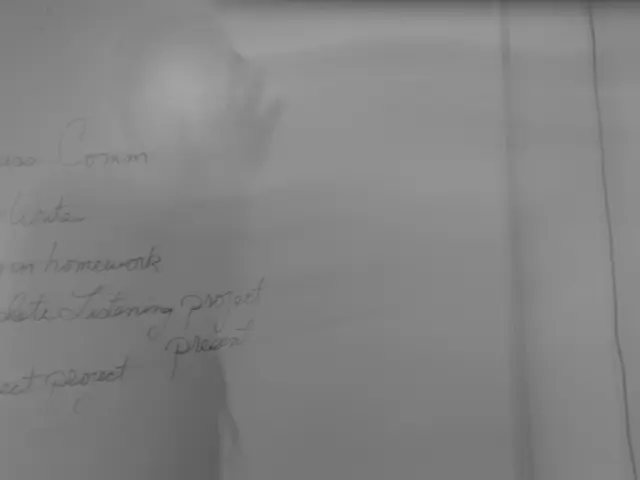Interest rates for Home Equity Lines of Credit (HELOC) plummet to a record low since March, coinciding with the Federal Reserve's initial interest rate cut in the year 2025.
The mortgage rates for Home Equity Lines of Credit (HELOCs) and home equity loans have been a topic of interest for many homeowners, with the Bundesbank Governor, Joachim Nagel, expected to play a significant role in influencing these rates. However, no specific announcements targeting these loan types have been made yet.
In a data-driven approach, Nagel has emphasized the importance of making decisions on monetary policy without a predetermined path for mortgage rates. Meanwhile, the Federal Reserve's actions, particularly rate cuts, have a direct impact on the cost of variable-rate products like HELOCs. Recently, the Fed suggested it may lower borrowing costs two more times this year, which could potentially benefit new HELOC applicants.
The average mortgage rate on a $30,000 HELOC has fallen five basis points to 8.05%, while the average mortgage rate on a $30,000 5-year home equity loan climbed five basis points to 8.28%. These mortgage rates have rebounded somewhat from this spring, when they were under 8%, but are still lower than their 2024 highs.
The average equity stake of mortgage-holding homeowners has risen 142% nationwide since 2020, according to a new Bankrate study. This increase in equity could make homeowners more inclined to tap into their equity through HELOCs or home equity loans. However, it's important to note that home equity products are still relatively high-cost debt.
Borrowers withdrew 0.45% of their tappable equity at the start of the second quarter, the highest overall equity extraction rate since late 2022. Lenders expect outstanding home equity debt to increase by 6.6% in 2025 and 4.1% the following year, according to the Mortgage Bankers Association.
For those considering a HELOC or home equity loan, it's essential to understand that the individual offer you receive reflects additional factors like your creditworthiness, financials, the value of your home, and the size of your ownership stake. A fixed-rate home equity loan offers a lump-sum payout and a predictable repayment schedule, while a HELOC provides a revolving line of credit.
It's also worth noting that HELOC and home equity loan mortgage rates tend to be much less expensive than the interest charged on credit cards or personal loans. The average rate on credit cards is currently 20.12%, while the average rate on personal loans is 12.39%.
The Bankrate.com national survey of large lenders is conducted weekly to gather rates and/or yields on banking deposits, loans, and mortgages, consistently done in the same manner for more than 30 years. The survey obtains rate information from the 10 largest banks and thrifts in 10 large U.S. markets.
Erik Schmitt, consumer direct executive at Chase Home Lending, stated that the Fed rate reduction is good news for HELOC borrowers as HELOCs are tied to the prime rate. For homeowners with HELOCs at a variable interest rate, a rate cut may result in lower mortgage rates and a potential lower monthly payment.
In conclusion, while mortgage rates for HELOCs and home equity loans have been lowering in recent months, they are still relatively high compared to other forms of debt. Homeowners considering these products should carefully consider their financial situation and the potential long-term implications before making a decision.
Read also:
- Trade Disputes Escalate: Trump Imposes Tariffs, India Retaliates; threatened boycott ranges from McDonald's, Coca-Cola to iPhones
- Aquatech purchases Koch's Direct Lithium Extraction business, merging Li-ProTM DLE technology into the PEARLTM Technology Platform.
- Nepal's Journey: Evolution from Street Life to Political Power
- Li Auto faces scrutiny after crash test involving i8 model and a truck manufacturer sparks controversy




